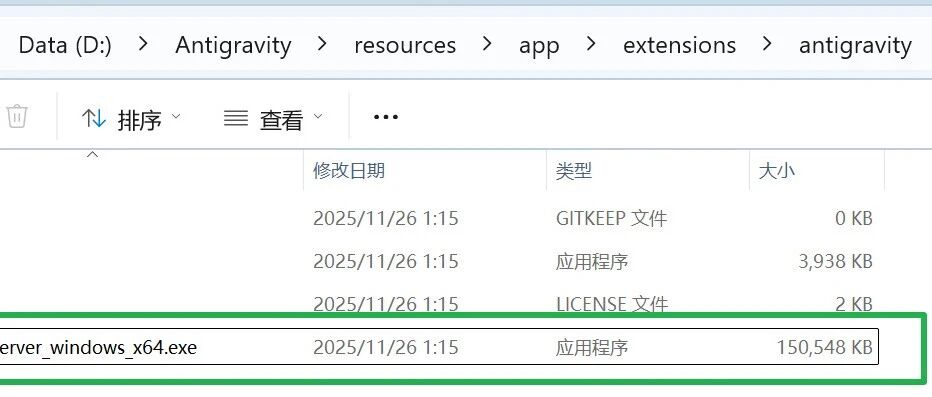Background
Traditional reverse engineering in Ghidra requires a lot of manual operations, time-consuming and labor-intensive tasks such as naming functions and analyzing call relationships for complex binaries.GhidraMCP achieves efficiency breakthroughs through AI automation.
Core Solutions
- Automated Analysis Processes: Connect to LLM via the MCP protocol and enter natural language commands such as "analyze all functions in the file" to complete batch processing.
- Intelligent renaming function: Execute the "Rename Undefined Function" command and the AI will automatically generate a semantic name based on the code context.
- Predefined analysis templates: For malware, you can enter the "Detect Dangerous Behavior" command to automatically scan for sensitive API calls and suspicious strings.
Operating Points
- Make sure that your Python environment and the path to the Ghidra plugin are configured correctly during installation.
- Large files are recommended to be analyzed in sections, first narrow down the scope by using the "List Key Functions".
- Personalized analytical workflows can be created in combination with Ghidra Script Manager
This answer comes from the articleGhidraMCP: A Reverse Engineering Tool to Connect AI with GhidraThe
































